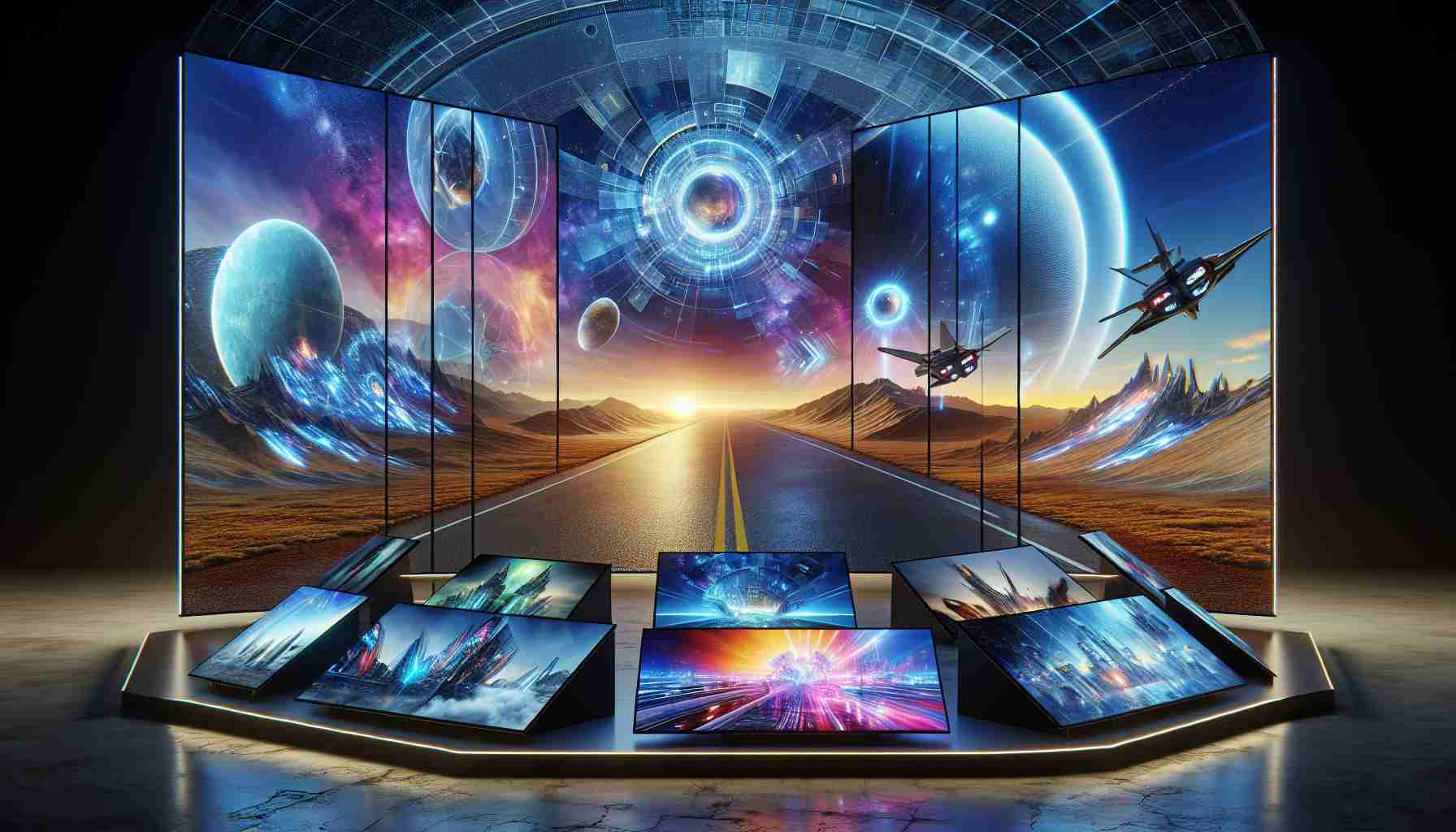Samsung Display Spotlights Groundbreaking Display Technologies
Samsung Display was abreast of the latest industry advancements, taking the stage at Display Week 2024 to reveal their cutting-edge quantum-dot LED display technology. This inventive approach constructs RGB pixels exclusively with quantum dots, small semiconductor particles that are effective in translating electrical energy into varied and precise light spectrums.
Moreover, Samsung introduced a glass-free 3D display system known as light field display (LFD), which engages the viewers by presenting distinct images to each eye, creating a realistic three-dimensional experience. To enhance usability, they have integrated advanced eye-tracking technology that adapts the 3D imagery to the user’s gaze, ensuring a high-definition visual encounter.
In the realms of personal computing and augmented/virtual reality (XR), Samsung Display shone a spotlight on technologies devised to establish leadership in these fields. They brought to the table an ultra-thin Oxide technology that promises lighter laptops and tablets by slashing overall device bulkiness, and an RGB OLEDoS technology, a clever innovation that leverages OLEDs directly on a silicon base to emit vibrant colors independently.
LG Display Unveils Next-Gen OLED Advances
Matching strides with Samsung, LG Display took the opportunity to unveil their latest OLED innovations, designed to spearhead the evolution of virtual reality (VR) environments, substantial OLED screens, and automotive displays tailored for the next-gen software-centric vehicles.
Their remarkable offering included an OLEDoS display, exemplifying brilliance with its 10,000-nit brightness and ultra-high resolution, standing out as an unparalleled VR visual solution. LG Display didn’t stop there; they revealed a pioneering smartwatch display, boasting of 4K clarity at just 1.3 inches. Additionally, their portfolio expansion included an expansive 83-inch television panel, a specialized gaming display, and versatile vehicle OLEDs tailored for modern automotive needs. Under the guidance of their chief technology officer Yoon Soo-young, LG Display reasserts their dedication to stay at the forefront of display technology through relentless innovation and research.
Key Challenges and Controversies in Display Technology Advancements
One of the key challenges in developing advanced display technologies like quantum-dot LEDs and OLEDs is the cost of production. High-tech materials and processes often result in expensive products that may not be immediately accessible to the general market. In addition, there is the challenge of ensuring the longevity of these displays. Quantum dots and OLED materials can be susceptible to degradation over time, potentially shortening the lifespan of the displays compared to traditional ones.
Another issue relates to the environmental impact. The production and disposal of advanced displays may involve materials that are not easily recyclable, posing a challenge for sustainability. Furthermore, the industry will have to navigate through the rising concerns about the health implications of prolonged use of high-intensity displays, especially in VR applications.
Regarding controversies, companies like Samsung Display and LG Display often face patent disputes and intellectual property challenges. The race to be the first in the market with new technologies can lead to legal battles that may hinder the pace of innovation.
Advantages and Disadvantages of Display Innovations
Advantages:
– Improved Visual Experience: Cutting-edge display technologies provide sharper, more vivid, and realistic images, improving the user experience for entertainment, professional work, and gaming.
– Thinness and Lightweight: Innovations such as ultra-thin Oxide technology contribute to more portable and convenient devices, a significant plus for consumers who value mobility.
– Innovative Applications: With advancements in display technology, new applications emerge, particularly in augmented and virtual reality, where immersive experiences are increasingly in demand.
Disadvantages:
– Cost: The expense of new technologies can make the products featuring them prohibitively expensive for the average consumer, at least initially.
– Sustainability: Challenges exist in the production and disposal of high-tech display materials, which may not be as eco-friendly as traditional materials.
– Health Concerns: There could be potential health concerns with long-term exposure to high-intensity or 3D displays, which have yet to be fully studied.
For those interested in further exploration of these companies and their technologies, visit their official websites at:
– Samsung Display
– LG Display
Please note, the suggested links are provided for convenience and may be subject to changes by the respective website owners. It’s important to ensure that these links remain valid and up-to-date.
The source of the article is from the blog queerfeed.com.br
